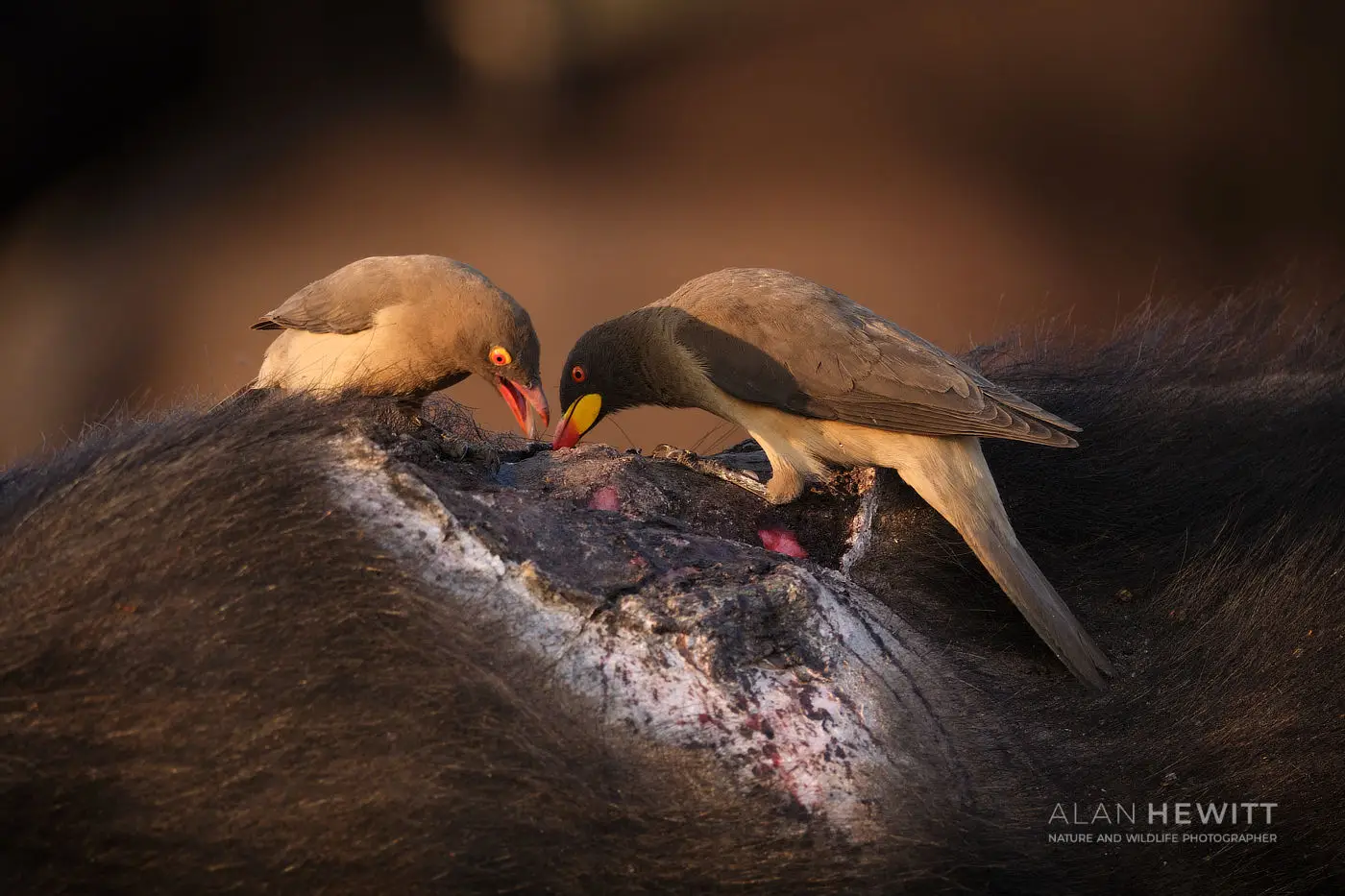
Red-billed (L) and Yellow-billed (R) oxpeckers feeding on a Cape buffalo’s wound.
When you think of African wildlife, your mind is likely to jump to lions, cheetahs, or elephants – the megafauna! Yet there is another animal, small and persistent, that keeps close company with huge herbivores such as buffalo and giraffes, quietly shaping their daily lives. The oxpecker, with its bristly plumage and bright bill, is more than just a passenger on the backs of Africa’s mammals. It represents a story of survival, symbiosis, and contradiction.
There are two species of oxpecker; the red billed, recognised by its vivid red bill and yellow eye ring, and the yellow billed with its yellow bill tipped with red.
Oxpeckers Adaptations and Relationships
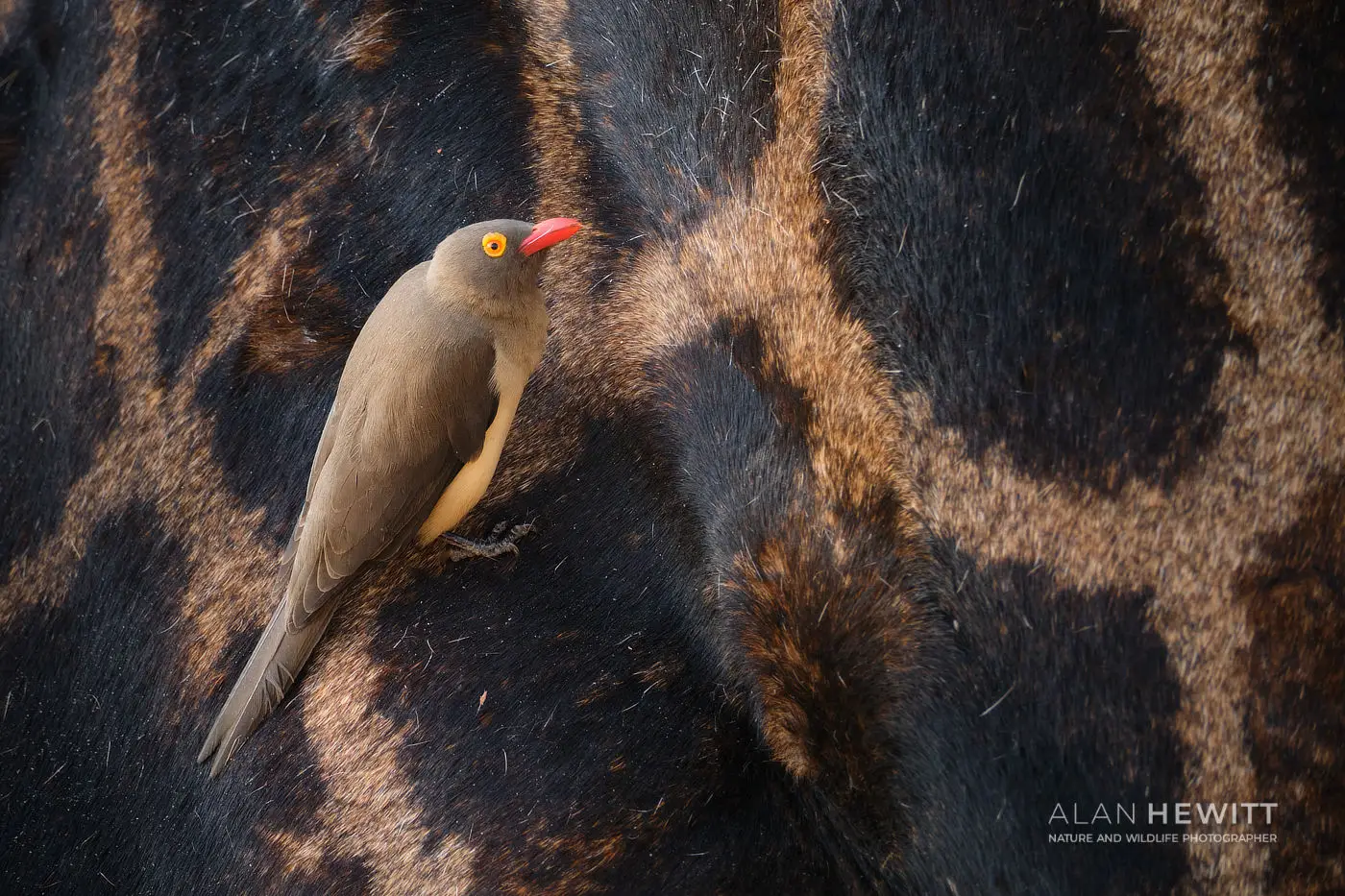
Red-billed oxpecker on a South African giraffe.
Oxpeckers are perfectly adapted to their unusual role. Curved zygodactyl claws help the birds grip to the skin and fur of host species and stiffened tail rectrices help to provide balance while feeding on moving host species.
Their interactions with mammals range from mutualism to parasitism. At its most mutualistic, the relationship is straightforward. Their strong bills help to remove ticks, dead skin, and other external parasites from herbivores. This cleaning reduces irritation, lowers the risk of disease, and benefits the host while providing the oxpeckers with a reliable food source.
However, the relationship can easily change into parasitism. Oxpeckers are primarily sanguinivorous, feeding on blood, and will peck at wound sores and use their brush-tipped tongues to feed on blood. This behaviour does not benefit the host and can delay healing and increase infection risk. In these moments, the oxpecker is exploiting the mammal rather than helping it.
Oxpeckers also use hair and dung from their hosts to line and seal gaps in their nests.
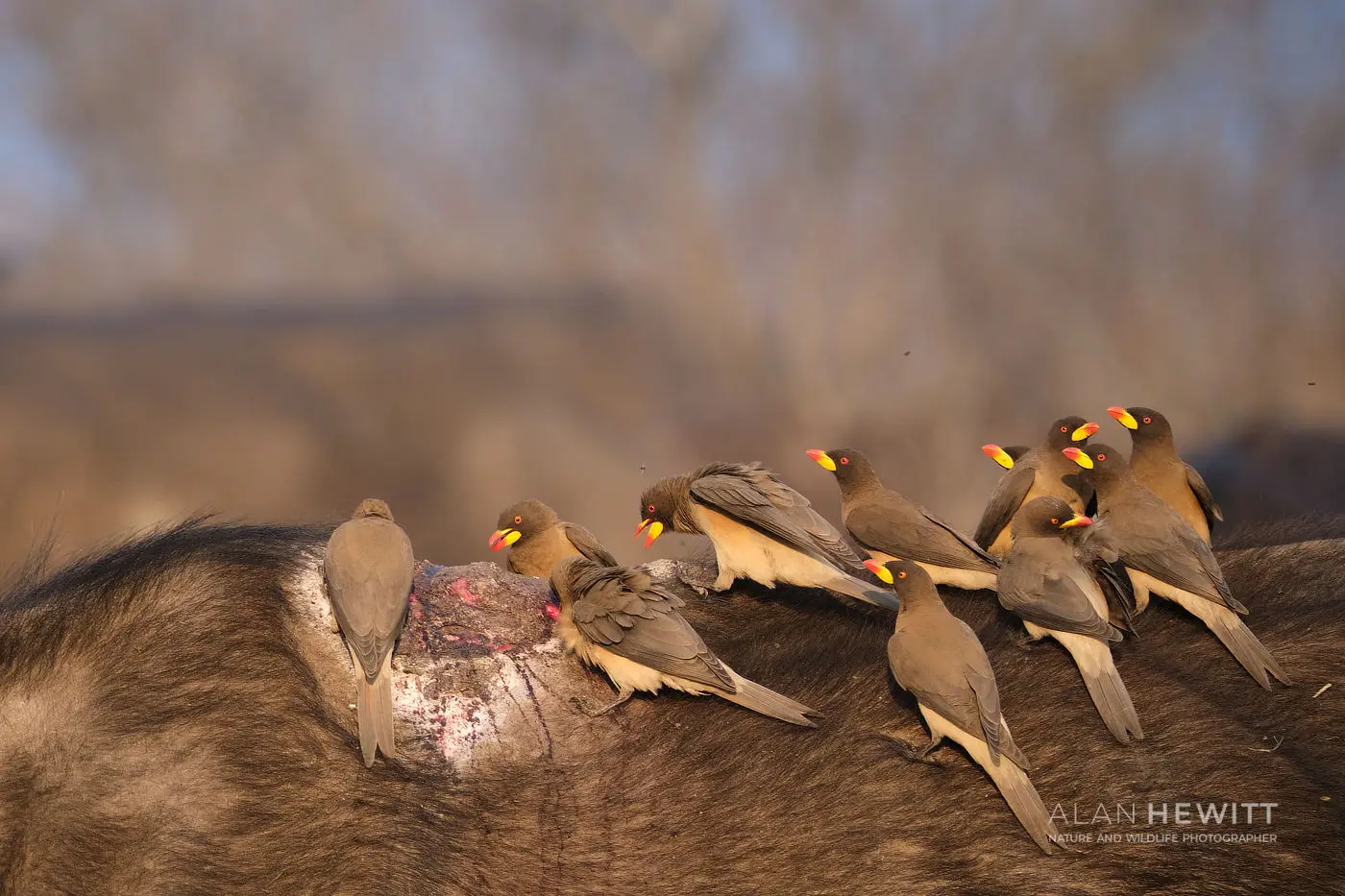
Yellow-billed oxpeckers feeding on blood from a Cape Buffalo wound
Oxpeckers Fieldcraft Indicators
When we see oxpeckers, or hear their chattering call, it often means large and potentially dangerous animals are nearby. By visually tracking their flight and monitoring where they descend, it is also likely that we can locate a host species. Very useful on a walking safari!
Oxpeckers are easily startled. Witnessing any changes in their behaviour may also indicate that a host animal may be stressed and therefore agitated or aggressive.
Click here to read more fieldcraft wild insights.
Etymology
Red-billed Oxpecker: Buphagus erythrorhynchus:
Yellow-billed oxpecker: Buphagus africanus:
Buphagus, from the Greek words bous meaning “ox” and phagein meaning “to eat,” a reference to their behaviour of feeding on parasites found on herbivores.
Erythrorhynchus (red-billed oxpecker): From the Greek words erythros, meaning “red,” and rhynchus, meaning “bill” or “beak.”
Africanus (yellow-billed oxpecker): From the Latin word for africanus, meaning “African,” describing their geographic distribution across sub-Saharan Africa.
Collective Nouns
A flock of oxpeckers is the most common but fling, cluster and swarm are often used elaborately.







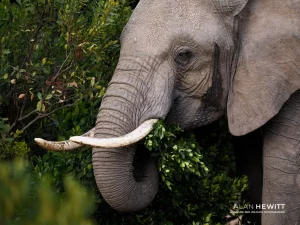
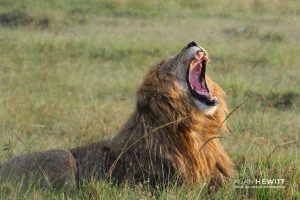
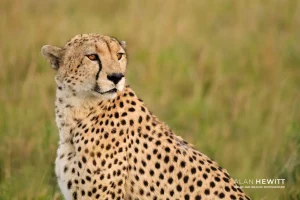
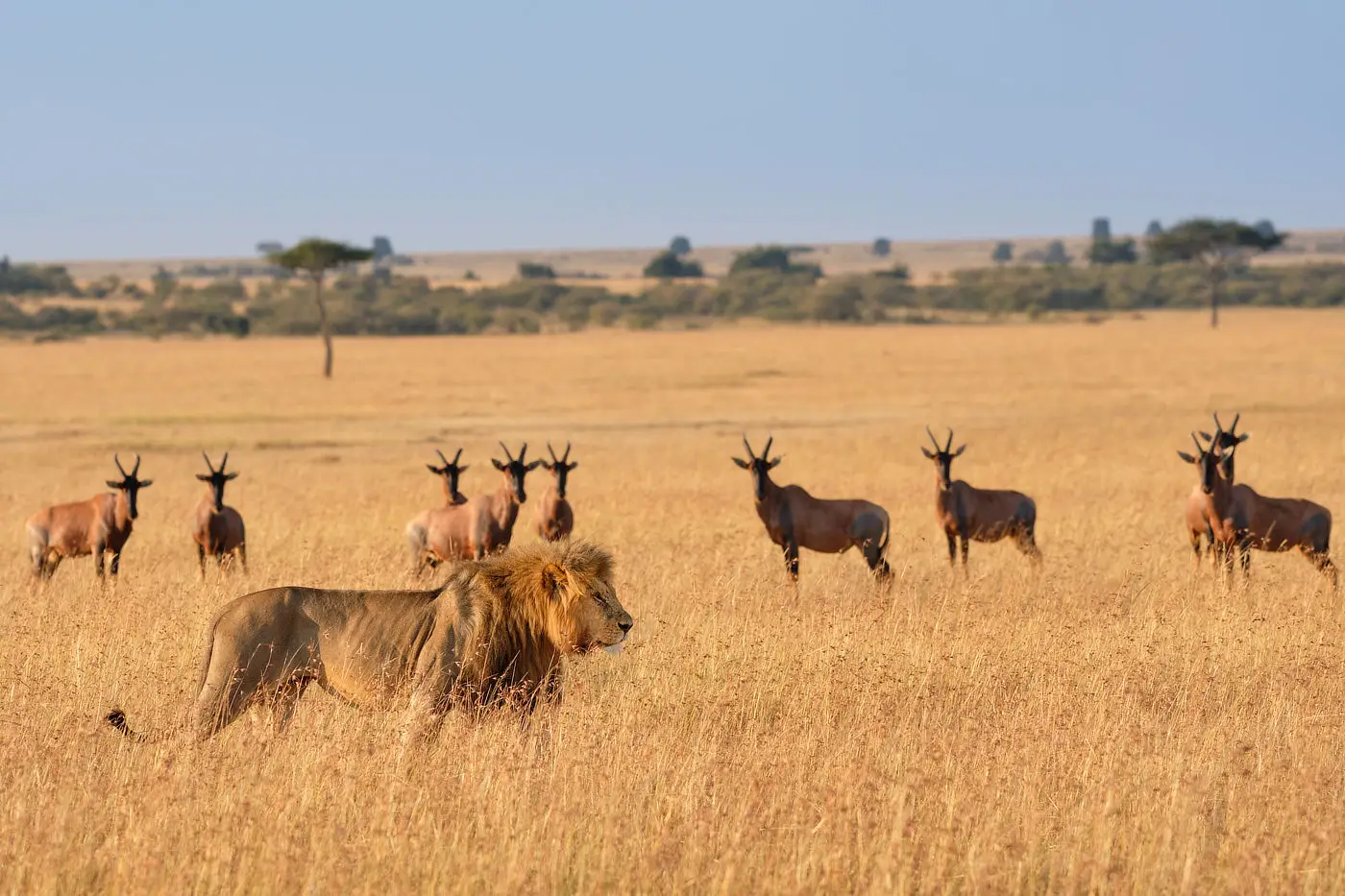
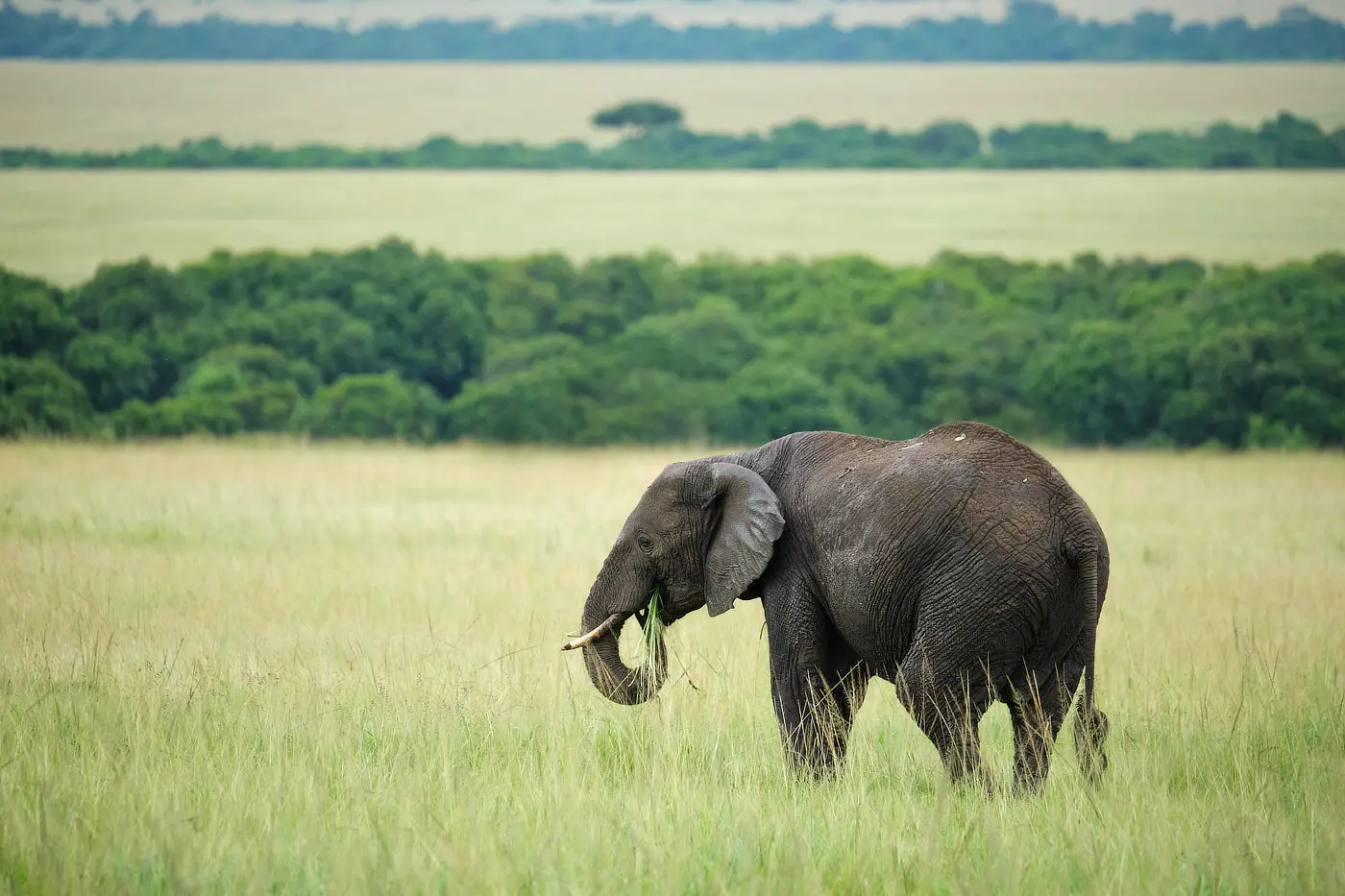






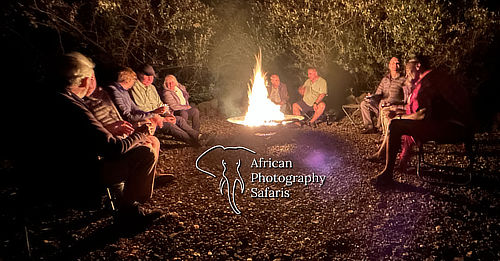
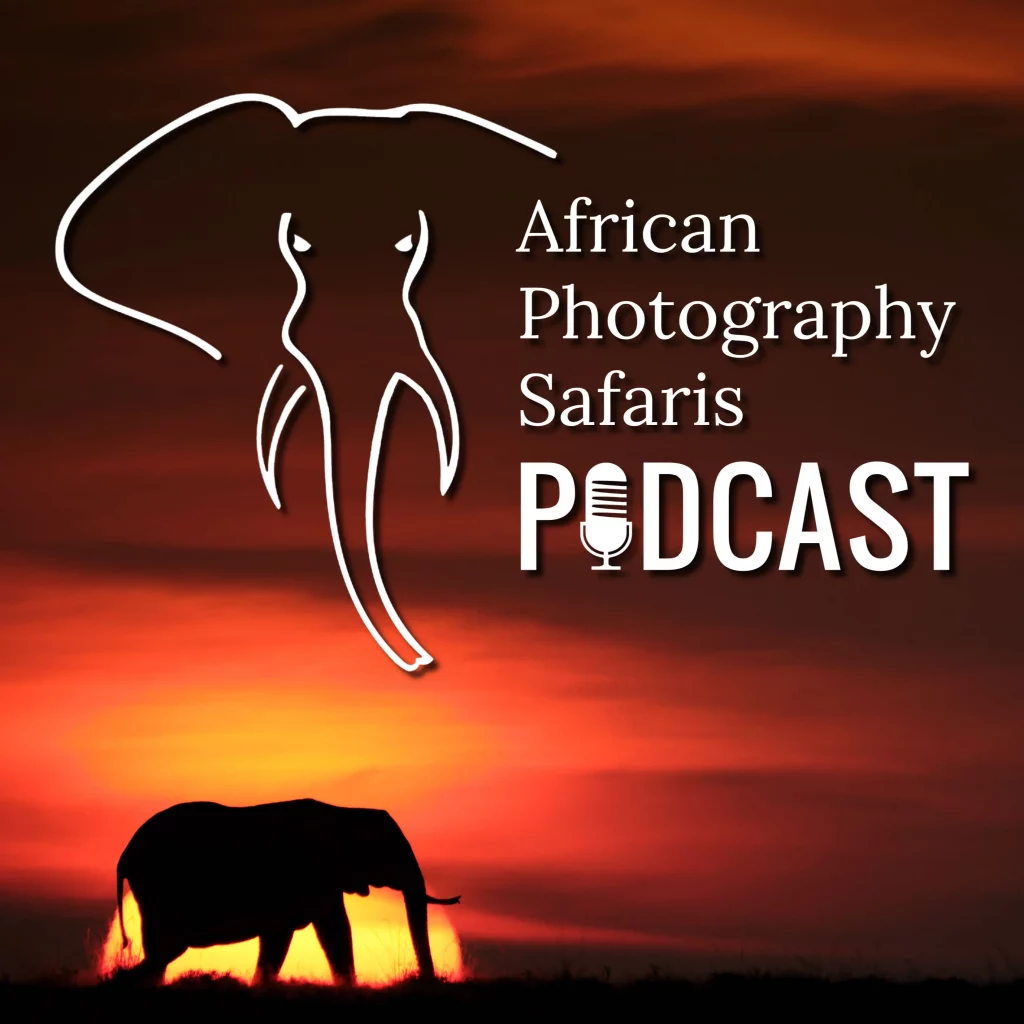
Leave a Reply